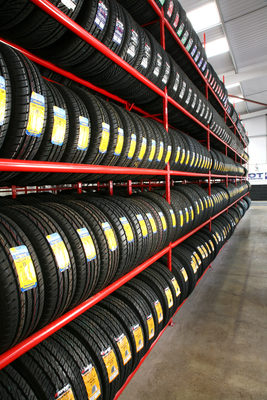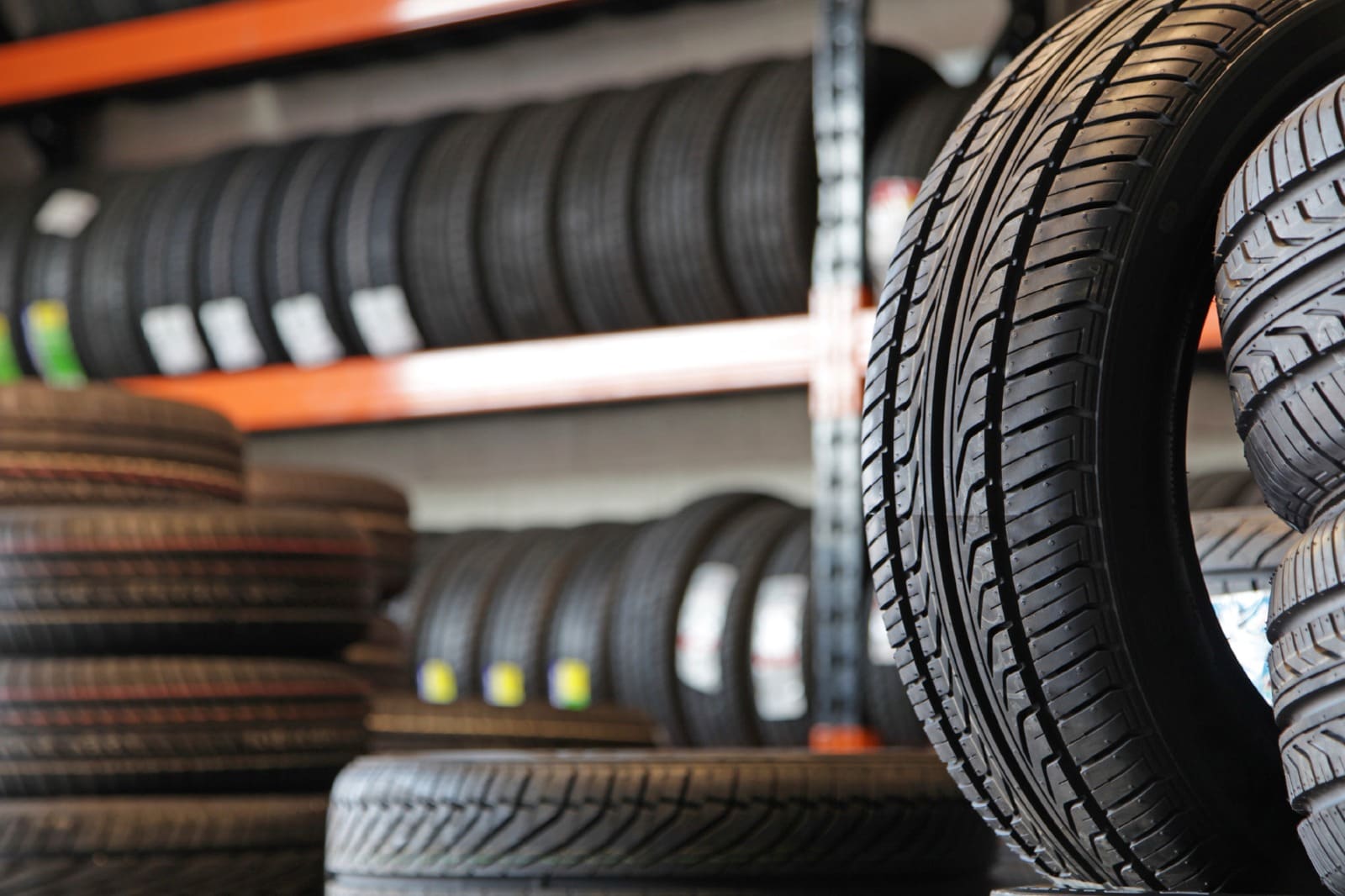All Categories
Featured
Table of Contents
I had the ability to get 100 hours out of among these tires, and while it had definitely no tire lugs left on it, the soft compound made it work really wellas long as I was using a soft mousse. Kitt Stringer image Easy installing - 3Wear - 3Sidewall strength - 3Performance on origins - 4Performance on wet rocks - 2Traction on dust - 5Cornering capability - 4Traction while braking - 4Self-clearing of dust and mud - 3Performance in mud - 3Overall predictability or tracking - 3 _ 37 Final thought: This is a good all-around tire with great worth for money.

The wear was regular and I such as just how long it lasted and exactly how constant the feeling was throughout use. This would likewise be a great tire for faster races as the lug size and spacing bit in well on rapid terrain. Kitt Stringer image Easy placing - 3Wear - 3Sidewall strength - 3Performance on origins - 4Performance on damp rocks - 4Traction on dust - 4Cornering capability - 4Traction while braking - 5Self-clearing of dirt and mud - 4Performance in mud - 4Overall predictability or monitoring - 4_42 Verdict: I liked this tire a great deal.
If I needed to buy a tire for tough enduro, this would remain in my leading selection. Easy mounting - 3Wear - 3Sidewall toughness - 3Performance on roots - 4Performance on damp rocks - 3Traction on dust - 4Cornering ability - 3Traction while stopping - 3Self-clearing of dirt and mud - 4Performance in mud - 4Overall predictability or tracking - 3 _ 34 Verdict: This tire was extremely soft and flexible.
All the gummy tires I tested executed rather close for the very first 10 hours or two, with the winners going to the softer tires that had far better grip on rocks (Tyres). Acquiring a gummy tire will certainly give you a strong advantage over a routine soft compound tire, but you do spend for that benefit with quicker wear
Wheel Alignment Near Me
Finest worth for the rider that wants good performance while getting a fair amount of life. Ideal hook-up in the dust. This is an optimal tire for spring and fall conditions where the dirt is soft with some moisture still in it. These tried and tested race tires are terrific throughout, however use promptly.
My general victor for a difficult enduro tire. If I needed to invest money on a tire for daily training and riding, I would certainly choose this.
Affordable Discount Tyres Near Me – Swan 6063 WA
I have actually been running a collection of Michelin Power Pilot 2CT's on my track Daytona 675 for the previous year. In that time I have done 15 track days in all climates from cool wet to extremely hot and these tyres have never missed out on a beat. Car tyres. I've done virtually 2,000 miles (3,200 kilometres) on them and as you can see from this shot of the front taken after first session of my 15th track day on them, they still have rather a great deal of rubber left on them
In other words the 2CT is an impressive track day tyre. If you're the type of cyclist that is most likely to experience both damp and completely dry problems and is starting on course days as I was in 2014, then I think you'll be hard pushed to locate a far better worth for money and skilled tire than the 2CT; a set of which will establish you back around 185 (US$ 300) in the UK.
Generating a far better all round road/track tire than the 2CT need to have been a difficult task for Michelin. The result of that initiative is the Michelin Pilot Power 3 which essentially replaces the Pure. Don't confuse this brand-new tire with the road going Pilot Roadway 3 which is not designed for track usage (although some riders do).
When the Pilot Power 3 launched, Michelin recommended it as a 50:50% roadway: track tire. All the cyclist reports that I have actually checked out for the tyre price it as a better tyre than the 2CT in all locations however especially in the damp.
Best Tyre Balancing
Technically there are many differences in between the two tires despite the fact that both use a twin substance. Aesthetically you can see that the 2CT has less grooves reduced right into the tyre however that the grooves go to the side of the tire. The Pilot Power 3 has even more grooves for much better water dispersal however these grooves don't reach the shoulder of the tyre.
One element of the Pilot Power 3 which is different to the 2CT is the brand-new 2CT+ modern technology which extends the harder center area under the softer shoulders (on the rear tyre). This must give more security and lower any type of "squirm" when accelerating out of corners despite the lighter weight and more adaptable nature of this brand-new tire.

Although I was somewhat suspicious regarding these reduced stress, it transformed out that they were fine and the tyres done truly well on the right track, and the rubber looked much better for it at the end of the day. Equally as a point of recommendation, other (fast group) cyclists running Metzeler Racetecs were making use of tire stress around 22-24 psi for the rear and 24-27 psi on the front.
Coming up with a better all rounded road/track tire than the 2CT must have been a difficult job for Michelin. The outcome of that initiative is the Michelin Pilot Power 3 which basically replaces the Pure. Don't perplex this brand-new tire with the road going Pilot Road 3 which is not developed for track usage (although some cyclists do).
Affordable Budget Car Tyres Near Me (Bennett Springs 6063 WA)
When the Pilot Power 3 released, Michelin suggested it as a 50:50% roadway: track tire. All the rider reports that I've reviewed for the tire price it as a far better tyre than the 2CT in all areas but especially in the wet.

Technically there are plenty of differences between the 2 tires despite the fact that both make use of a dual substance. Aesthetically you can see that the 2CT has less grooves cut right into the tyre however that the grooves go to the edge of the tyre. The Pilot Power 3 has more grooves for far better water dispersal yet these grooves do not reach the shoulder of the tyre.
One aspect of the Pilot Power 3 which is different to the 2CT is the brand-new 2CT+ technology which expands the harder middle section under the softer shoulders (on the back tyre). This need to offer much more stability and minimize any type of "squirm" when increasing out of corners despite the lighter weight and even more versatile nature of this new tyre.
I was slightly suspicious regarding these lower pressures, it transformed out that they were fine and the tires executed really well on track, and the rubber looked much better for it at the end of the day - Tyre offers. Just as a factor of recommendation, various other (rapid team) cyclists running Metzeler Racetecs were using tire pressures around 22-24 psi for the rear and 24-27 psi on the front
Latest Posts
Trusted Performance Tyres
Affordable Budget Tyres Near Me ( Swan)
Tyre Servicing Near Me – [:suburb]